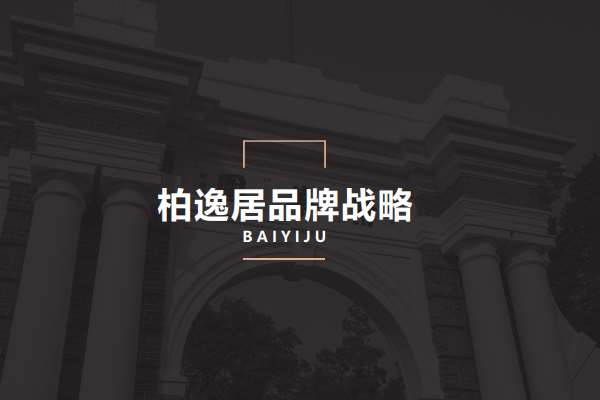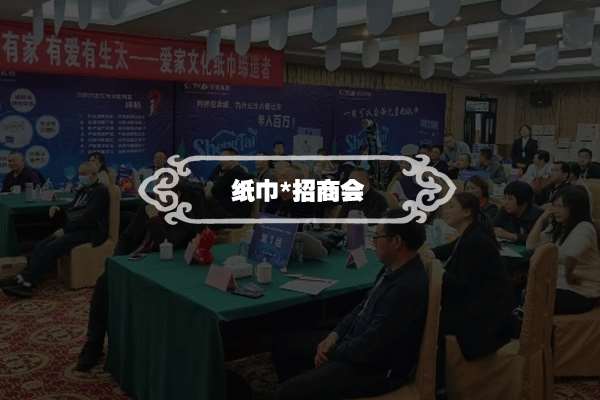Title: TOB Business Model Transformation Plan
Introduction:
The rapidly changing business landscape and technological advancements have made it imperative for businesses to adapt and transform their business models to stay competitive and relevant. This plan presents a proposal for TOB (Business-to-Business) model transformation to enable the company to leverage emerging trends and opportunities.
1. Market Analysis:
Conduct a comprehensive analysis of the market dynamics, including emerging technologies, customer preferences, and competitive landscape. Identify key trends shaping the TOB industry and assess the company's current position relative to these trends.
2. Customer Insights:
Investigate the evolving needs and pain points of the target customers in the TOB sector. Conduct surveys, interviews, and market research to gain a deeper understanding of their preferences and requirements. Use these insights to inform decision-making and shape the new business model.
3. Technology Adoption:

Identify and evaluate emerging technologies and platforms that can enhance the company's TOB offerings. Embrace digitalization, automation, and data analytics to optimize processes, enhance customer experience, and improve operational efficiency.
4. Services Diversification:
Consider expanding the range of services offered to TOB customers. Explore opportunities to provide value-added services such as consultative support, training programs, and industry-specific solutions. This diversification will attract a wider customer base and create additional revenue streams.
5. Partnerships and Alliances:
Forge strategic partnerships and alliances with complementary businesses in the TOB ecosystem. Collaborate with technology providers, manufacturers, consultants, and professional associations to leverage expertise, share resources, and deliver integrated solutions. These partnerships will expand the company's capabilities and enhance its competitive advantage.
6. E-commerce Integration:
Develop an e-commerce platform tailored to the TOB market. Build a user-friendly interface where customers can access information, place orders, track deliveries, and manage their accounts. Enable seamless integration with existing IT systems in customer organizations to streamline operations.
7. Customer Relationship Management (CRM):

Invest in a robust CRM system to enhance customer engagement and retention. Implement data-driven strategies to personalize customer interactions, offer tailored solutions, and anticipate customer needs. Leverage automation and AI tools to improve response times and enhance the overall customer experience.
8. Talent Development:
Invest in talent development programs to equip employees with the necessary skills and knowledge to adapt to the new business model. Offer training on emerging technologies, customer-centricity, and strategic thinking to foster a culture of innovation and continual improvement.
9. Feedback and Measurement:
Implement a system to solicit customer feedback and measure the effectiveness of the new business model. Monitor key performance indicators (KPIs), such as customer satisfaction, revenue growth, and market share, to assess the success of the transformation efforts. Continuously iterate and refine the model based on feedback and performance analysis.
Conclusion:
By embracing digitalization, diversifying services, forging strategic partnerships, and leveraging customer insights, the proposed plan facilitates the transformation of TOB business model. This transformation will enable the company to become more adaptive, competitive, and customer-centric, positioning it for long-term success in the evolving business landscape.








